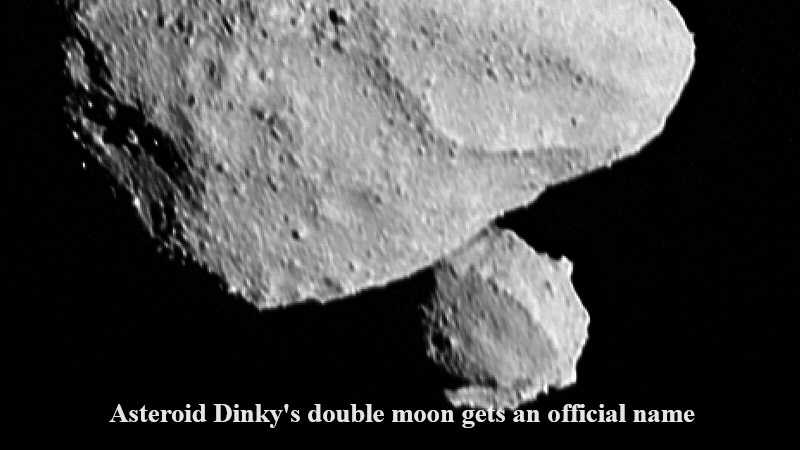
Approximately a month ago, NASA’s Lucy mission conducted a flyby of an asteroid named Dinkinesh, revealing the presence of a small moon. What set this moon apart was its unique characteristic as a contact binary moon, where two celestial bodies delicately leaned against each other.
The International Astronomical Union (IAU) was tasked with bestowing a name upon this distinctive moon, and it approved “Selam,” a term signifying peace in Ethiopia’s language. However, Selam isn’t a randomly chosen name; it holds significance rooted in Ethiopian history.
Dinkinesh, the Ethiopian name for the Lucy fossil, inspired the name Selam. The Lucy mission itself derives its name from the hominid skeleton fossil discovered in Ethiopia in 1974, estimated to be around 3.18 million years old. The primary objective of the mission is to transform our understanding of planetary origins and the formation of the Solar System.
Selam, on the other hand, refers to the fossil of a three-year-old girl discovered in Dikika, Ethiopia, in 2000. Belonging to the same species as Lucy, this fossil, often referred to as Lucy’s baby, predates Lucy by over 100,000 years.
High-resolution images captured by the Lucy mission unveiled a surface scattered with boulders on both Dinkinesh and Selam. Upon closer inspection, the 790-meter wide asteroid Dinkinesh bears a resemblance to Bennu, previously visited by OSIRIS-REx.
Following the completion of downlinking data from Lucy’s initial encounter with the asteroid, NASA anticipates the release of more images from the flyby. The encounter with Dinkinesh has been designated as an in-flight test for the spacecraft’s systems and instruments. Katherine Kretke of the Southwest Research Institute assured in a recent blog post that all systems performed effectively, emphasizing that insights gained from this encounter would aid in preparing for the mission’s primary targets—the Jupiter Trojan asteroids, which have never been explored before. In addition to images captured by Lucy’s high-resolution L’LORRI camera and Terminal Tracking Cameras (T2Cam), the mission’s other scientific instruments collected data crucial for comprehending these enigmatic asteroids.

Post Your Comments